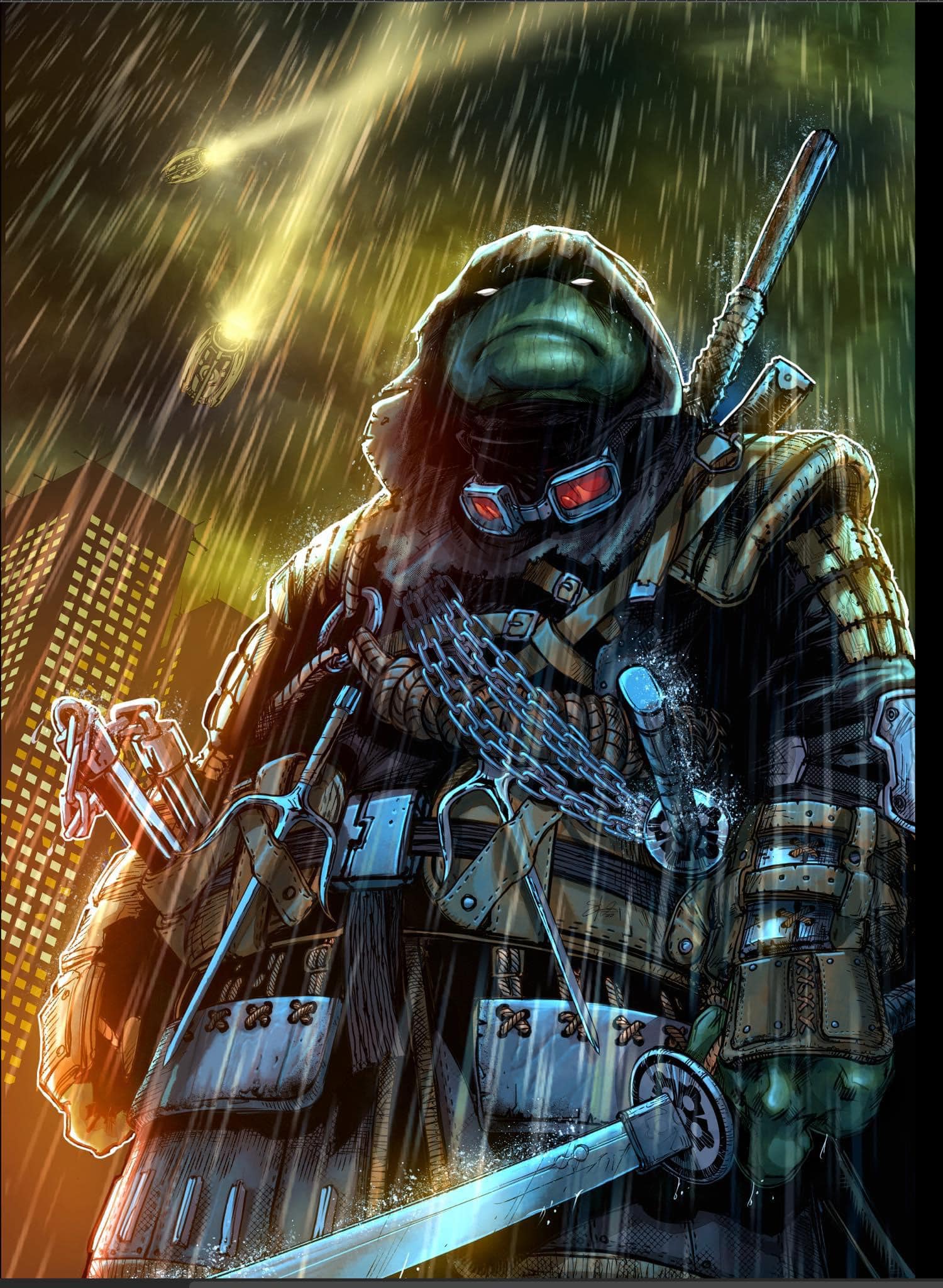

For instance, four-panel comic strips in newspapers commonly appear horizontally, vertically, or stacked in a 2 × 2 grid. The same sequence of images can be arranged in multiple ways without impairing meaning. While layout and content likely interface in important ways, they are ultimately independent structures. This page allows for no contiguous columns or rows of panels, and the colors of panels imply perceptual groupings between non-adjacent panels, thereby making a linear reading order difficult. Barber claims this idea is exemplified by a page from comic author Jim Steranko, depicted in Figure 1. For example, Barber (2002) argued that comic pages are understood holistically through integration of the content of all panels on a page. For example, does the page serve a decorative function or does it use a standard conventional layout, such as a grid? Other conflations of layout and meaning have incorporated aspects of page layout directly into the comprehension of sequential images ( Barber, 2002 Drucker, 2008). Several authors have proposed taxonomies of layout types based on how they relate to the content of the narrative ( Peeters, 1991/1998 Groensteen, 2007 Caldwell, 2012). Scholarship on comics has mostly focused on the relationship of layout to the content of the images. Thus far, no research has broached the question of how readers create this deliberate sequence out of the unconstrained spatial array of analog visual information – the external compositional structure (ECS) of comic pages – and to what extent experience might play a role in guiding these decisions. To comic readers, this confusion seems baffling – isn’t the order of images obvious? While the sequential aspect of comics has often been emphasized as one of its defining features (e.g., McCloud, 1993), research has mostly examined how sequence conveys meaning (e.g., McCloud, 1993 Saraceni, 2001 Cohn et al., 2012 Cohn, 2013), with little attention paid to the overall page layout outside its impact on this comprehension (e.g., Barber, 2002 Cohn, 2003). While most literate readers are familiar with the left-to-right and downward reading orders used in written language – the “Z-path” – those who do not read comics sometimes become confused when pages depart from the stereotypical grid layout. Many readers of comic books have had the unusual experience of meeting someone who is confused by the order of the images on a comic page.


 0 kommentar(er)
0 kommentar(er)
